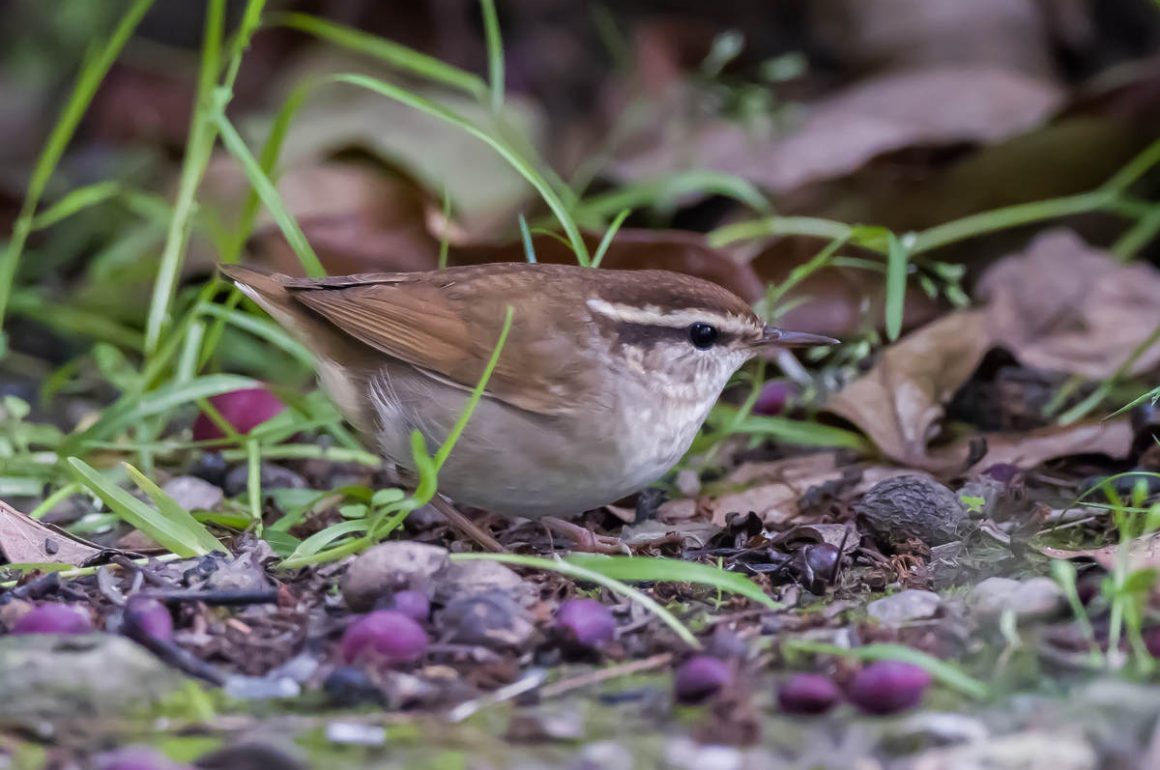
This post is a bit of a joke as I have been under lockdown in Shanghai for the whole month. Still, as we did not have any covid cases in our compound for the last third of the month, the government graciously let us outside for the occasional walk within our compound. I, desperate for some birds, used that to take a few photos, even though it meant attracting a lot of attention from the other residents, as I am the only foreigner in this compound and also the only person owning an 800 mm telephoto lens.
That already made me much better off than most of my Shanghai birding friends who were not allowed to leave their apartments. But of course, in a suburban compound, the species diversity is low, and the number of decent photos you get is even lower (noisy passers-by see to that).
The most interesting bird I got was probably this Asian Stubtail.
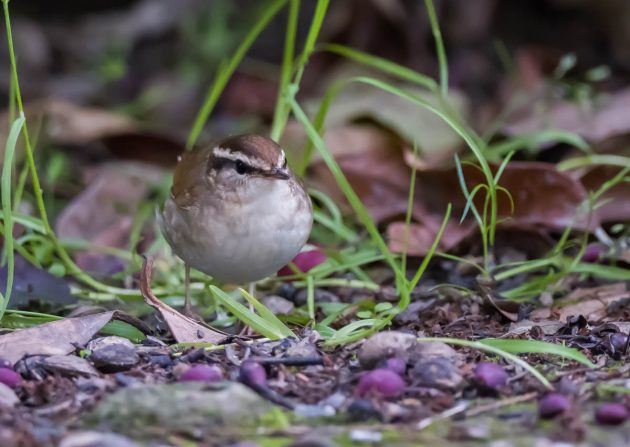
eBird calls it “a head with wings”. It has almost no tail, so “stubtail” is a good name for it – much better than the Latin species name of squameiceps (scaly-capped, of which I do not see much).
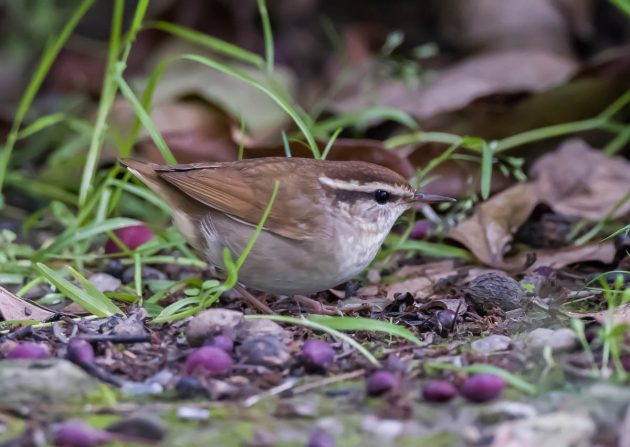
In the past, I had only seen this bird in more migrant-friendly locations such as Nanhui, but other birders have seen in Shanghai parks before (see here).
And I noticed that the HBW entry of the Asian Stubtail uses my photo. Feels good.
Most Chinese Blackbird chicks are no longer in their nests …
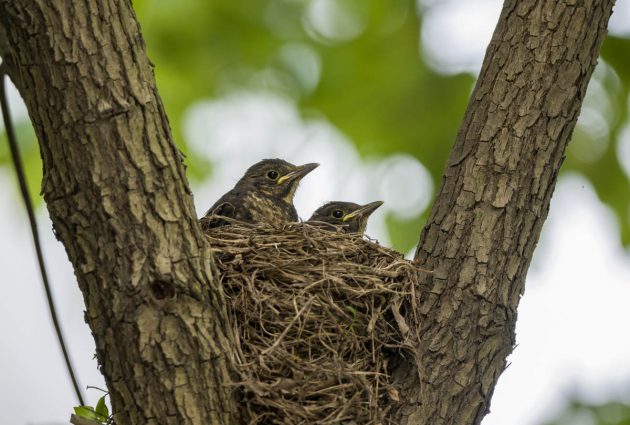
… but hang around some trees in the compound, spending a lot of time pestering their parents for food.
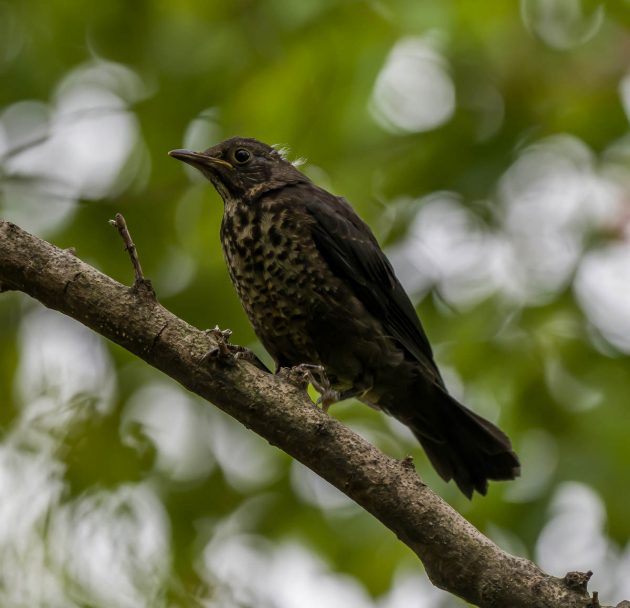
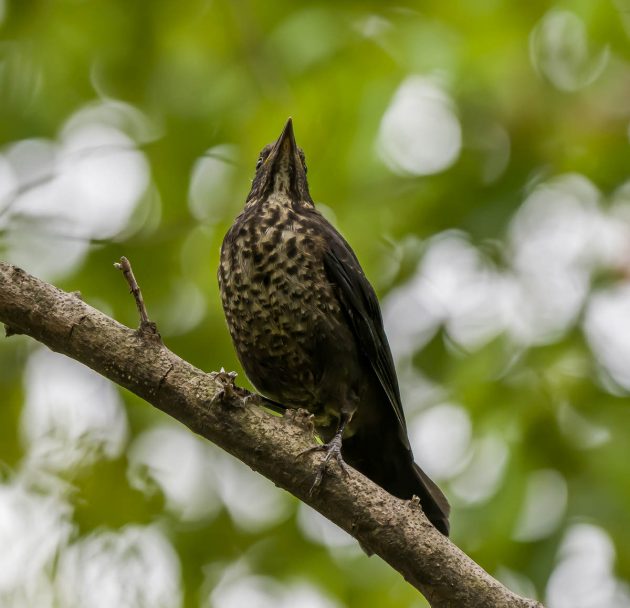
The ones that are a bit older already have to forage on their own.
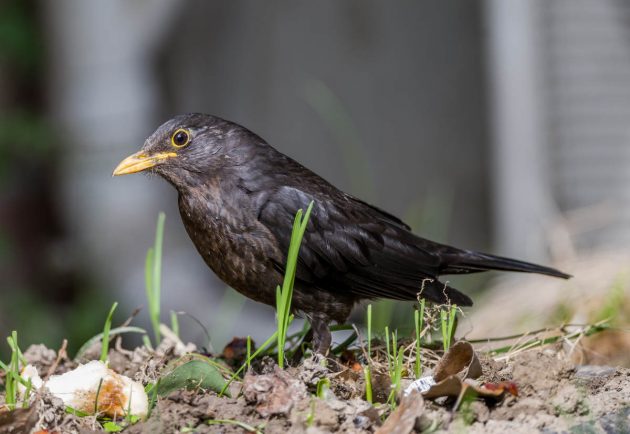
Is it a sign of the midlife crisis of a birding blogger if he can no longer think of any jokes about Japanese Tits? Probably I have reached this point in life.
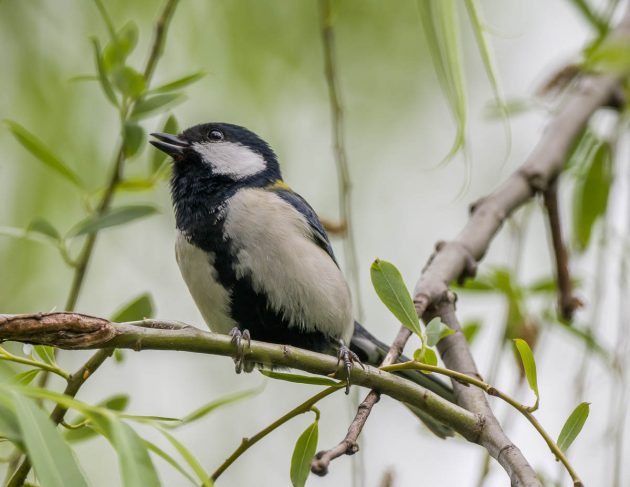
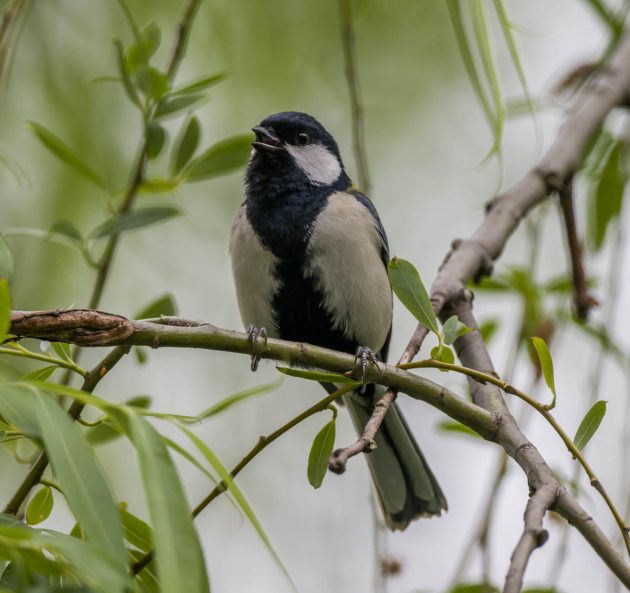
I like parrotbills, so it was nice to see some Vinous-throated Parrotbills in the compound.
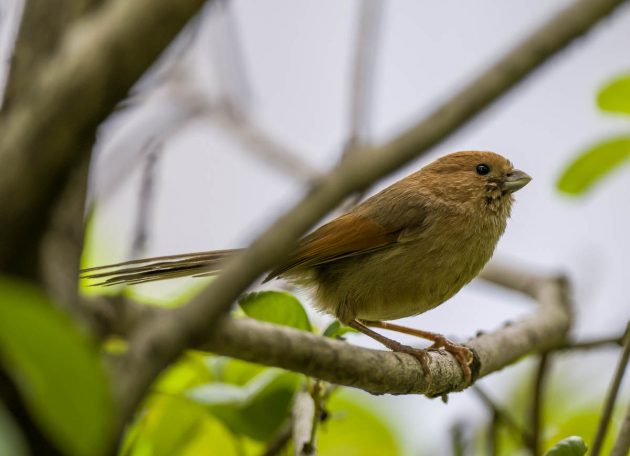
The Latin name webbiana apparently does not stand for the English botanist Philip Barker-Webb but rather for an English gentleman J. Webb who provided the species type to the British Museum and who collected birds in Shanghai around 1850, but about whom pretty much nothing else is known.
(Note to skeptical people: In stark contrast to my usual posts, neither of these two names was made up by me).
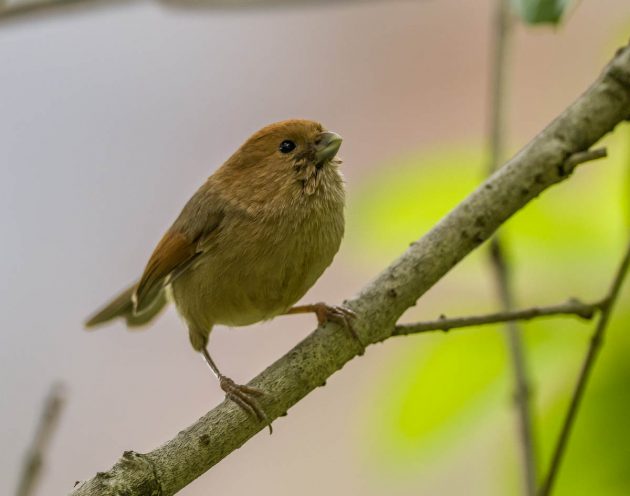
The Vinous-throated Parrotbill is a bird that is hard to get a good photo of as it is constantly on the move – In Taiwanese studies, this species spent 85% of its waking time foraging or feeding (HBW)
The Light-vented Bulbul is one of the two or three most common birds in this compound – possibly the most common one, and also one of the noisiest.
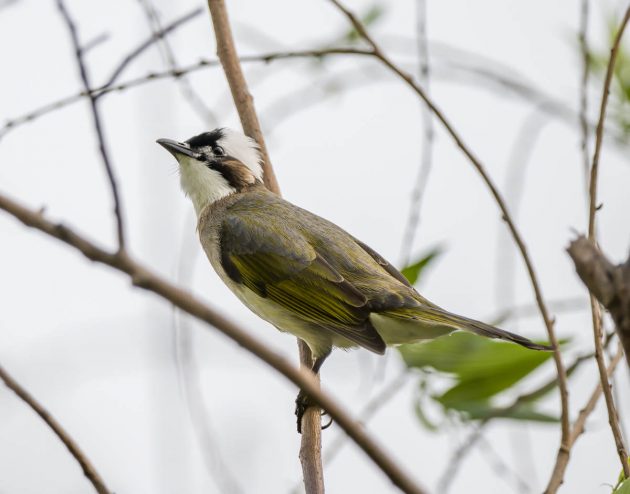
The HBW describes its call as “typical bulbul sounds in a range of cheerful phrases” and for once – rather than giving a fanciful transcription, which is the handbook’s usual approach – admits that the sound is “difficult to transcribe”. See, it feels so much better just to admit the truth.
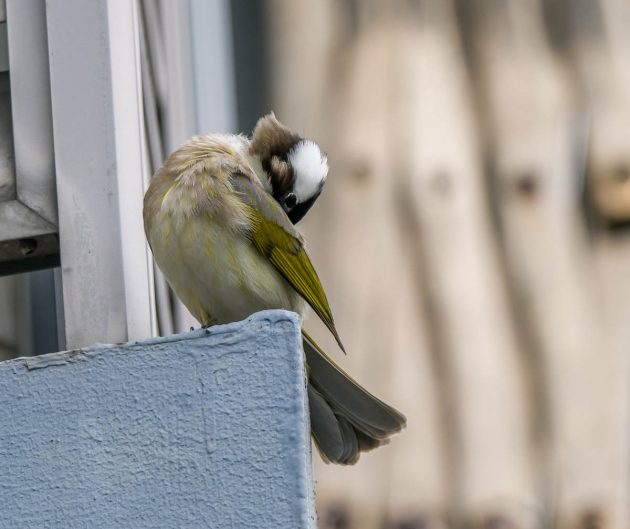
Sensing that Chinese politics are mostly decided on in Beijing, the bulbul has expanded northwards and is now common in the Chinese capital as well (source).
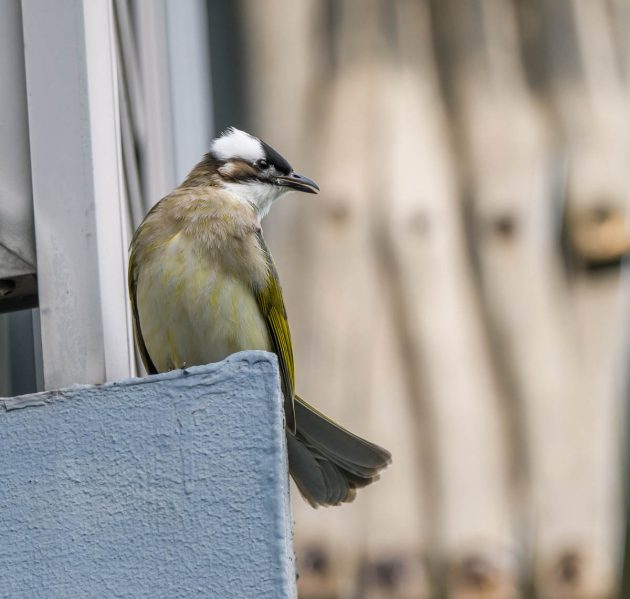
The White-rumped Munia is not particularly white-rumped, at least the subspecies found here in Shanghai (probably swinhoei, but for me identifying subspecies is like pretending to appreciate good wine).
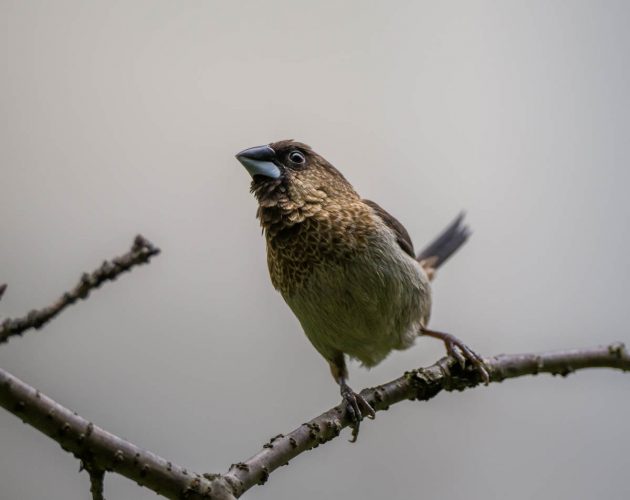
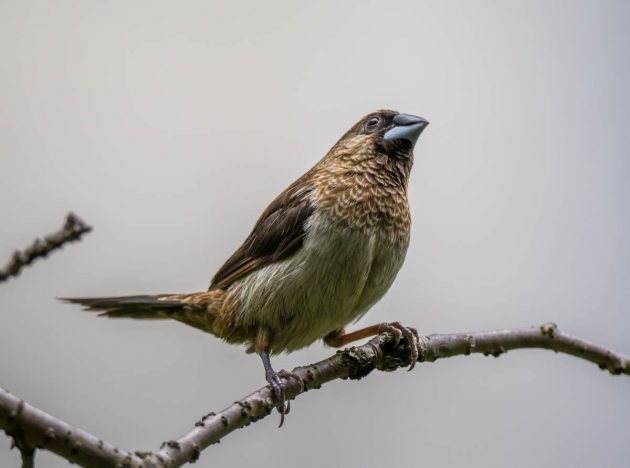
And the Oriental Magpie-Robin is also still around, opting for a rather postmodern background in this shot.
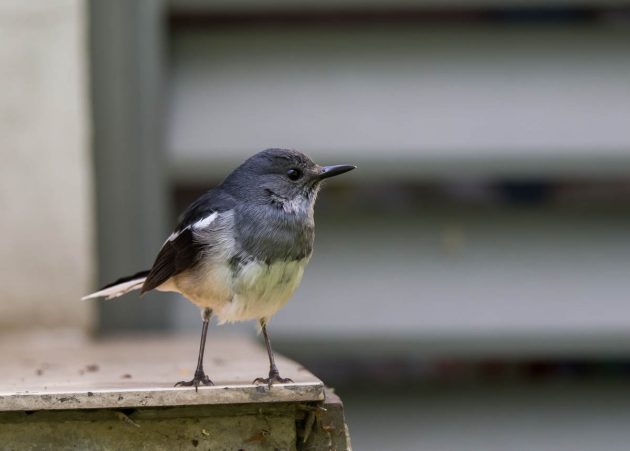
At least the color of the background matches this female well.
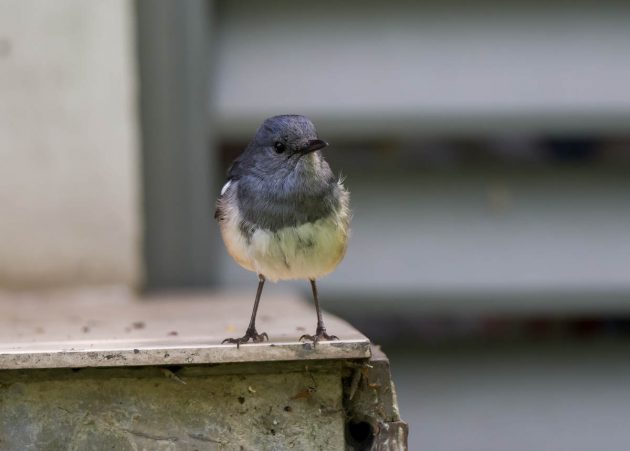
Considering that all my birdwatching this month was under lockdown, meaning my only outside time was within the compound and wearing a face mask, a recent paper seems to be very topical: “Face masks matter: Eurasian Tree Sparrows show reduced fear responses to people wearing face masks during the COVID-19 pandemic” (link). As you can imagine, the study was done in China.
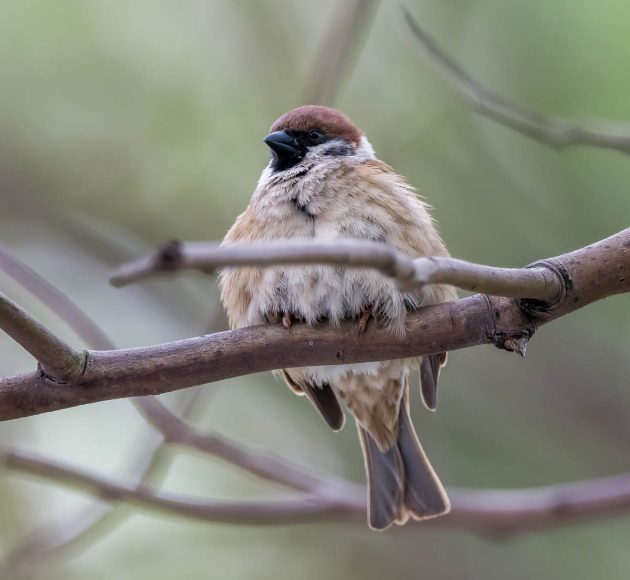
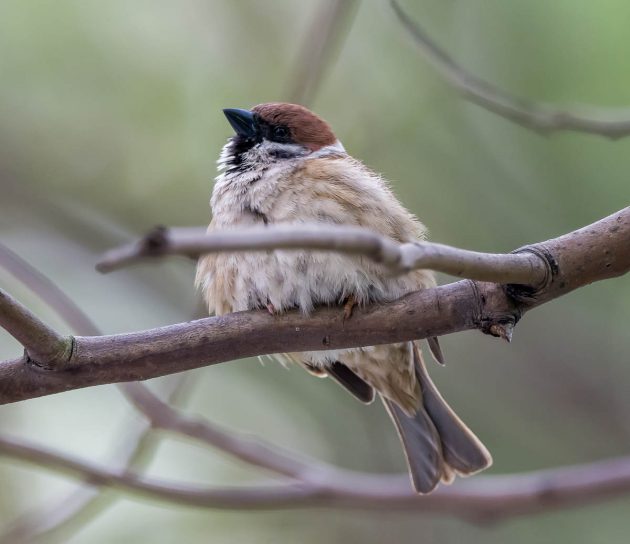
Finally, in such a poor birding month, even my least favorite Shanghai bird – the Spotted Dove – gets a mentioning.
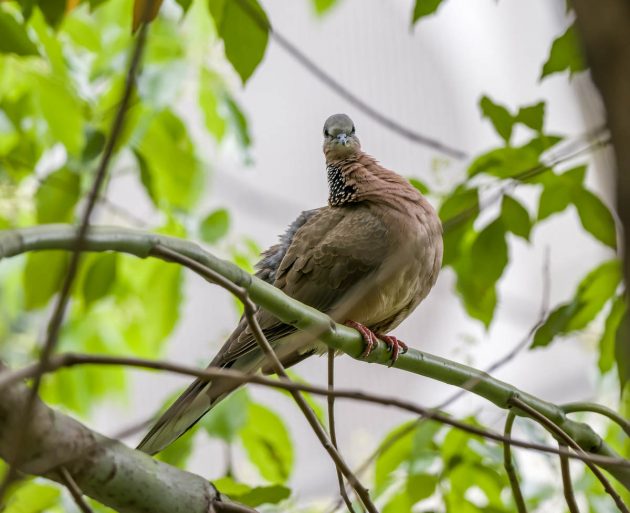
Apparently, they were introduced in the Los Angeles area of California in 1917, and I really think they deserve living in L.A.













Your comment re the Chinese study showing that Eurasian Tree Sparrows showed reduced fear of people wearing masks reminded me of our non scientific observations in the village where I live on the SE Coast of Australia during our first ‘lockdown’ early in the pandemic. I feel unkind noting that our version of ‘lockdowns’ allow us outdoors for exercise each day. But from the local birdlife’s perspective there were far fewer people on the beach, ie none for much of the day, and virtually no boats moving in the water, just the handful that are permanently moored here. What we noticed was that the White Bellied Sea Eagles were markedly bolder than normal. They would fly much lower over the beach and moored boats than had previously been observed. These birds are real scaredy cats when it comes to humans, so the change was intriguing. I wondered if they sensed our fear as well as lack of visibility. Well, now the tables have turned, there’s been dramatic erosion of the foreshore/dunes around our bay (I’ll call this Climate Change), and the Sea Eagles have lost several of the tall trees they used to survey the area. Local humans are disappointed, assuming Sea Eagles agree.
Great photos as always even if you are restricted to one small “patch”. Hopefully you get out into a bigger “patch” soon!